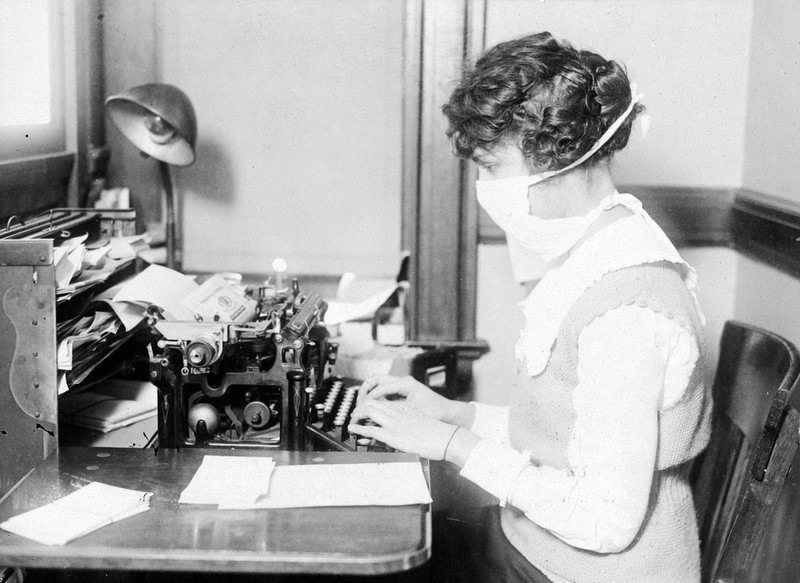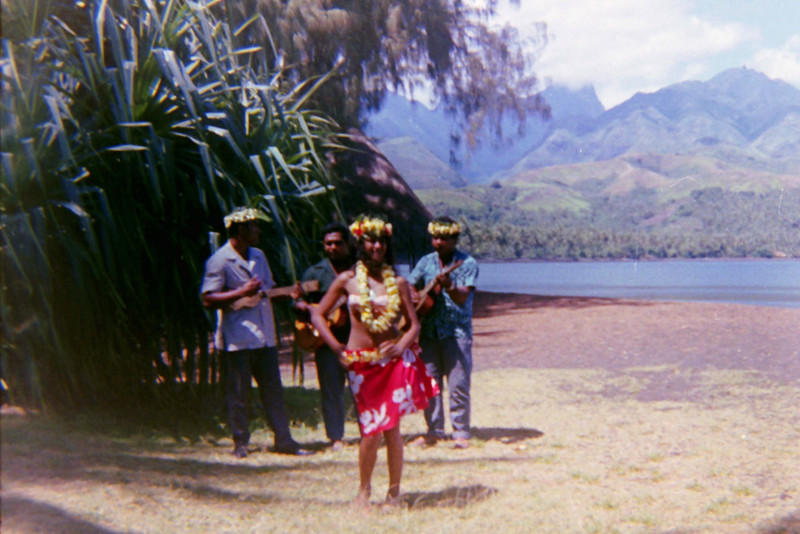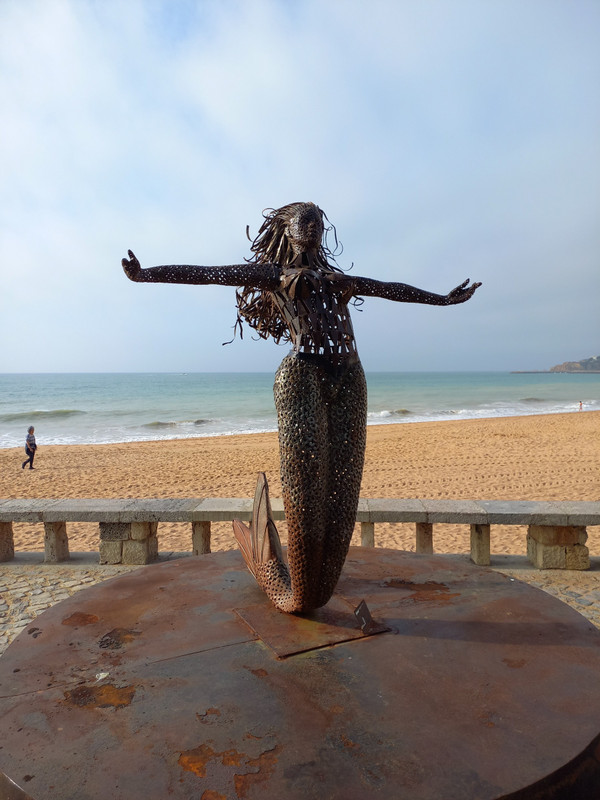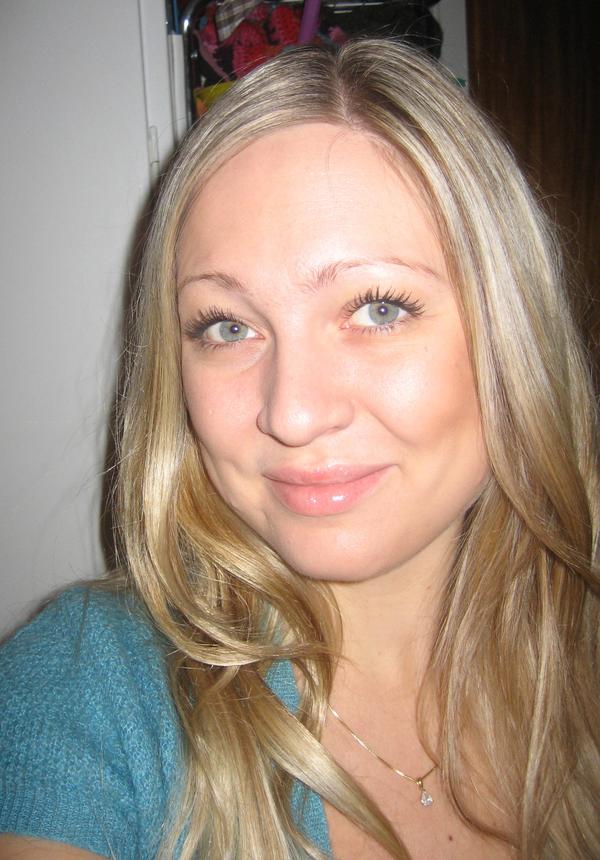Nothing in life is to be feared, it is only to be understood. Now is the time to understand more, so that we may fear less. – Marie Curie
Way back in mid 1926, the camp fire blazed and flickered and lit up the immediate surrounds with its golden light. Deck chairs were positioned as close to the fire as possible and those hardy soles were probably the first to visit the Kruger National Park, established in May of that year. They would have had plenty to talk about apart from being in what has undoubtedly the finest game park in the world.
The 1st World War had ended a few years back in November 1918 and claimed the lives of an estimated 9 and 13 million civilians. They would have reflected on this war being a major turning point in the shape of the world at that time and it was largely The Treaty of Versailles which gave the victors the opportunity to expunge Germany, Russia and the empires and replace large swathes of Europe with new states.
April 1918. The origins of this flu remain unknown but it was in Spain that the early cases were reported in the media. Spain was neutral during the 1st World War and had a free press whilst the Allies applied wartime censorship and held back on reporting the flu outbreak to keep morale high. This was effectively the worlds first pandemic in modern times and it was devastating with 500 million people infected and an estimated 20 to 50 million deaths. There were no vaccines and no therapeutic cures but some in the medical fraternity had determined that a daily dose of 30 grams of aspirin was a good treatment. Subsequently this high dosage was found to be toxic and it is believed that many deaths were caused by aspirin poisoning. The majority of people who lost their lives were in the 18 to age group. #Quarantinelife1918 proved to be as tiresome and surreal as is the case currently in the pandemic. No TV, internet and all the media gizmos of current times, so it was the time for bookstores and magazine stands to flourish. They were frequently out of stock and the arrival of a new shipment
of stuff to buy and read was a major highlight for many. Masks were used as well as atomizers, which were water vapour spray devices used supposedly to prevent disease by clearing nasal and throat passageways. And then there were the magic cure claims including those made by the producers of Bovril who touted that their beefy extract had bodybuilding powers capable of fighting the flu epidemic. Police were very active on the streets enforcing laws which required that anyone who coughed or sneezed had to be holding a handkerchief and spitting on the street was considered a crime. Owing to the fact that many did not have access to ice boxes and hoarding of food stocks was not possible, restaurants remained open but applied social distancing. They were not allowed to serve ice cream and pie independent of a main meal as these two treats of those times were likely to encourage socialising and crowds of people. Typically, houses or apartments would alert the neighbourhood to anyone infected by placing a white scarf on the door. The infected occupant would then be quarantined and have no contact with the outside world. Four waves of this flu had occurred by
A grim scene from the Spanish flu era. Schools, city halls and the like were converted to field hospitals.
the time it petered out in April 1919 largely due to many of those infected either dying or developing immunity.
Here we are in July 2020 in the vortex of and one wonders if #Quarantinelife2020 is vastly different to what was experienced in 1918. Lockdown restrictions have reduced normal daily activities and there is undoubtedly a thought process most go through with a pivotal question; what the hell can I do today to keep fully occupied? There are very real consequences of these repetitive daily quandaries and there is increasing evidence of people not coping as mental illnesses climb and keep psychiatrists very busy.









